Eileen's primary literary love is comic books, but she’s always on the lookout for her next literary adventure no matter what form it takes. She has a Bachelor's in media studies, a Master's in digital communication, a smattering of published short stories, and a seriously cute dog. Follow her on Bluesky.
As Jess Plummer has pointed out on numerous occasions, superhero comics are dominated by white, male creators and have been for a very long time. Was it always this way? Pretty much, yeah, but there’s more to the story than that.
In the early days, comics were often the last resort for people who couldn’t find work in more “respected” creative industries. While some of these folks were unemployed due to the Depression–Gardner Fox was a down-on-his-luck lawyer, for example–many were writers and artists shut out of the “better” jobs because of racism, xenophobia, and misogyny. And so, a lot of women, Italians, Jewish people, and people of color who otherwise wouldn’t have looked twice at a comic book ended up making a huge mark on the medium.
Examples of influential female creators from the early days of superhero comics and comics more broadly can be found at Mighty Women of Comics. The site spotlights Joye Hummel, who went from being William Moulton Marston’s assistant to the main writer on Wonder Woman, and Ruth Roche, who co-created the first Muslim superhero, Kismet, the Man of Fate, among others.
Notable Black creators are profiled in Ken Quattro’s book Invisible Men. These include E.C. Stoner, who drew early Blue Beetle comics, and the inimitable Matt Baker, who not only revamped Phantom Lady but also illustrated the first graphic novel, the non-superhero story It Rhymes With Lust.
There were also important Asian creators, like artist Bob Fujitani and letterer Ben Oda, who worked on the Flash Gordon comic strip.
Of course, there are countless other names who never made history but who still helped shape the medium into what it is today.
All that said, we shouldn’t think of the Golden Age of Comics as some egalitarian utopia. There was certainly still prejudice in the comics industry. Creators were (and still are) grossly underpaid, and many did not receive proper credit for their work. In some cases, creators chose to remain anonymous, either because they didn’t think much of comics or because they were afraid revealing their gender or ethnicity might prevent them from getting more work.
But in the Wild West of the nascent comics industry, it was much easier for the marginalized to gain a foothold. Much like the early film industry, women and minorities were more welcome, but the medium was unproven. Once white men realized there was money in them thar pages–combined with the anti-comics backlash in the 1950s–the homogeneity started to settle in.
The critical thing to remember is that progress is never a straight line. We didn’t go from zero female and BIPOC creators and steadily increase over the years. Some periods allowed diversity to flourish, comparatively speaking, while others sought to squelch it. But even during the industry’s whitest days, there were still people of color and women working hard to deliver epic, four-color adventures to the public. There has never been and will never be a time when marginalized creators are not part of the equation.


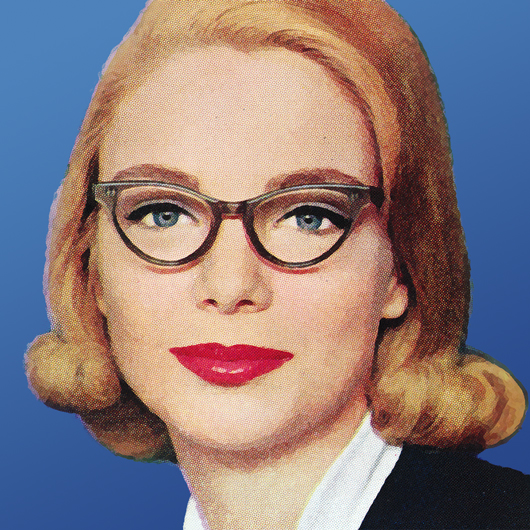


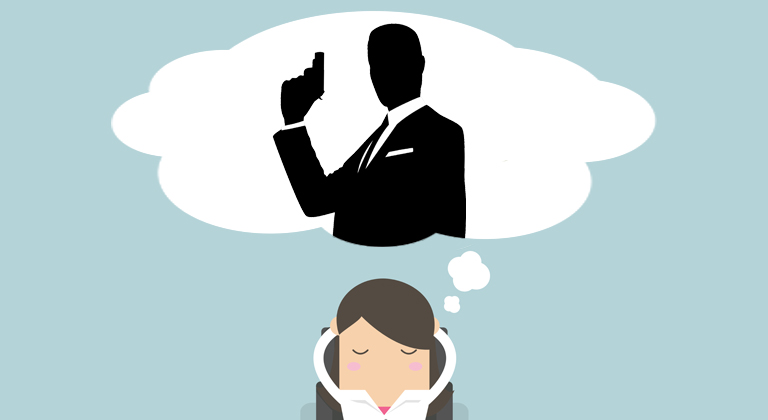




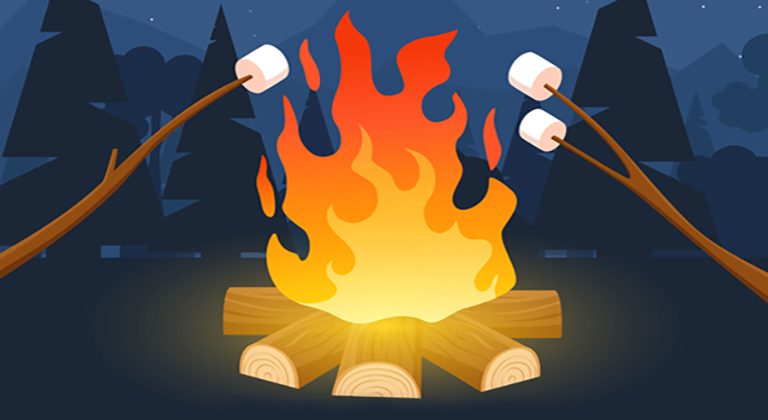






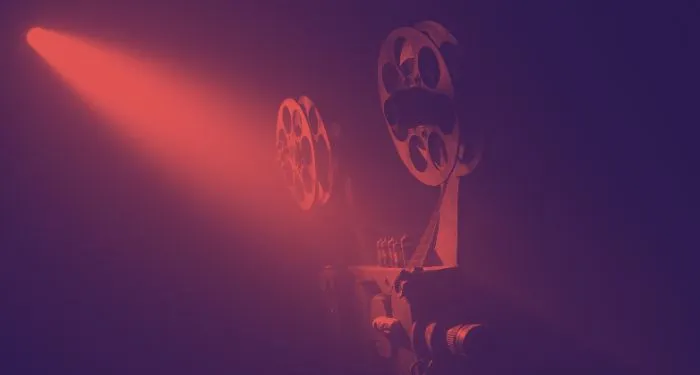
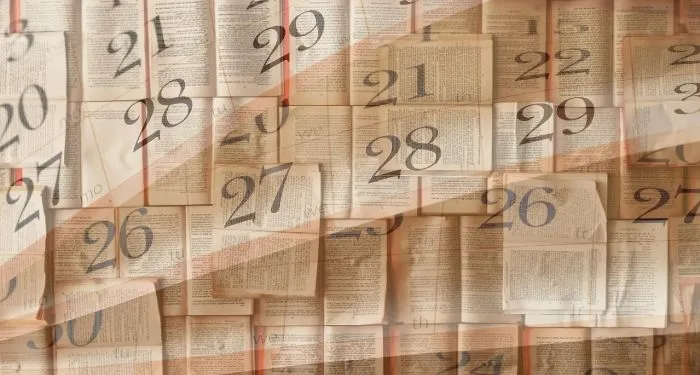

 English (US) ·
English (US) ·